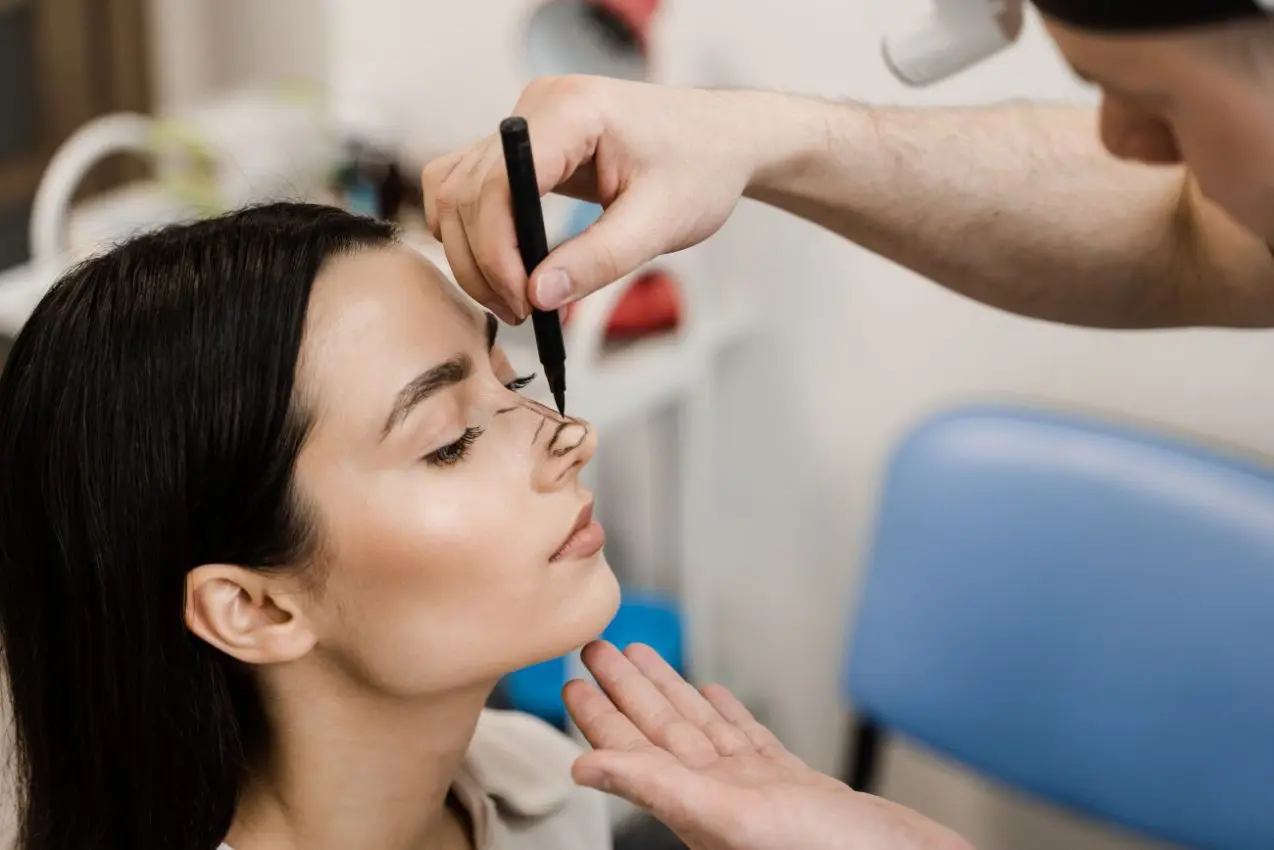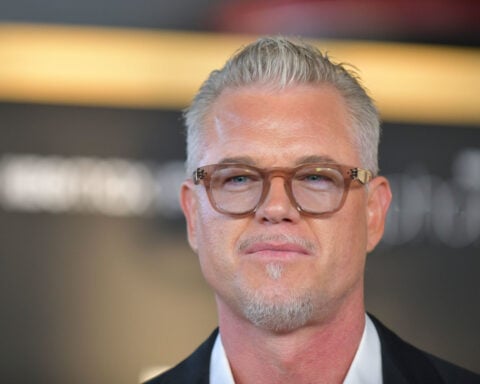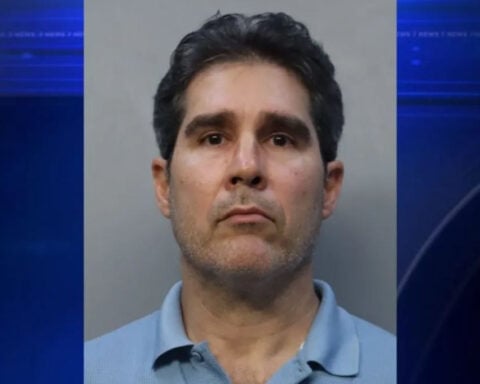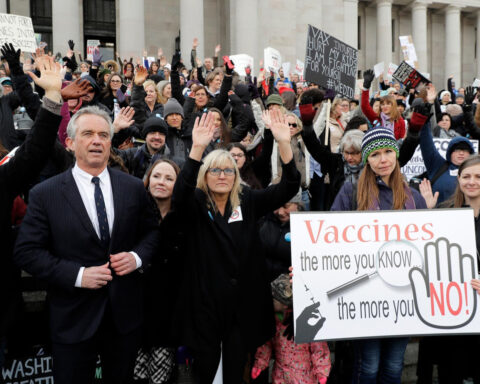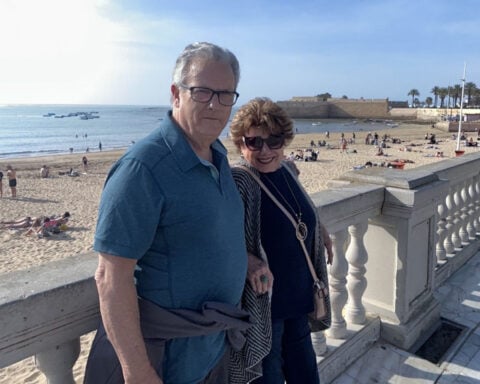Krysta Carson had been getting Botox injections without issue for 20 years leading up to the cosmetic procedure that would abruptly end that streak. The 52-year-old singer and model from Seattle opted for filler injections in 2015 seeking to restore a more youthful appearance after one too many people mistook her for looking significantly older.
But what began as a routine cosmetic treatment to smooth developing laugh lines rapidly morphed into a nightmare ordeal culminating in necrosis so severe her nose fully detached. Now after 200 reconstructive surgeries, Carson still requires a prosthetic nose to breathe.
She continues sharing her cautionary story to dissuade others from assuming these minimally invasive procedures are without risk. As Carson learned firsthand, in very rare instances fillers can occlude blood flow and effectively suffocate the tissue, turning skin black and dead.
It was Halloween of 2020 when Carson went for a follow-up filler treatment ahead of an upcoming wedding gig. She wanted to put her best face forward for the event. But the next morning brought slurring speech and a numbing sensation instead of refreshed features.
The doctor admitted hitting a blood vessel and causing complications that would likely worsen initially. But he downplayed the prognosis, projecting a six month recovery. That proved painfully optimistic before the week's end when Carson's nostril fully detached, leaving an open crater along half her nose.
The site of the misplaced needle injection had entirely lost vascular flow, effectively decaying the skin and cartilage of her nose from the inside out. What medically termed as necrosis resembled severe frostbite concentrated to the face. And the damage ran deeper than skin.
Her nasal passage way shriveled from lack of blood supply as well. With tissue necrosing inside her cheek and mouth also, eating grew impossible. The swelling narrow airways left Carson struggling just to breathe. She dropped 30 pounds in a month from inability to intake solid food.
And the aesthetic toll proved equally devastating for her work as a performer and model. Beyond the loss of her nose itself, concentric scarring and skin grafts left Carson self-conscious seeing herself on camera. She could not stomach resuming either career relying so heavily on appearance.
Between the physical and emotional anguish, she admits lacking any will to continue initially. The necrosis emerged so rapidly and grotesquely that Carson felt her life as she knew it ending steadily with each piece sloughing off.
The physician responsible never warned such an adverse reaction remained possible, however slim the odds. To Carson it reinforced a betrayal of trust by the medical profession profiting from beautifying without fully informing patient risks. She rues forfeiting natural aging for the permanent disfigurement inflicted unexpectedly.
In place of a nose, Carson resorted to affixing an external prosthetic using adhesive and breathing through a nasal stent. But the piece poorly replaced collapsed cartilage leaving severely obstructed airways. Only extensive reconstructive surgeries could internally rebuild enough nasal structure for uninhibited respiration.
So after over 200 operations attempting to regenerate nasal passage infrastructure, Carson recently underwent custom implant placement to stabilize and open airways. It represented her best option finally restoring ability to breathe unencumbered.
Now several years from the initial catastrophic injection, Carson focuses raising awareness on social media. She answers questions about her ordeal from those curious or equally appalled using the platform to broadcast cautionary insights. If even 20 years of uneventful Botox lulled her into assuming safety, she worries over younger followers even more trusting of these procedures.
Carson credits aesthetic physicians who facilitate painless touch ups enabling more vibrant lives. Her aim becomes distinguishing the highest standard practices from those permitting exceptional yet irreparable danger. Even side effects with fractional odds loom heavier from thousands granting needling access to their faces monthly.
So she continues campaigning for better informed consent, more oversight around minimally trained personnel, standard veins screening beforehand and accessible corrective care afterwards. If one life and face spared educating on the ghastly worst case scenario, then salvaging purpose from her years of turmoil.
It took over a decade of recurrent comparison to her mother-in-law before Krysta Carson first explored cosmetic injections targeting wrinkles in 2015. Though the professional singer and model had consistently received Botox injections since her early 30s, Carson noted her neck and cheeks aging faster than the younger husband she wished reflected beside.
The initial ultrasound-guided filler infusion to relax etched laugh lines went smoothly under an unnamed local physician. Pleased with plumping results that shaved perceived years, Carson returned annually for maintenance rounds reconstituting lost facial volume. Aside from passing bruises and swelling, she reported no issues while enjoying a subtly refreshed appearance.
But that changed irreversibly October 12th, 2020 when instead of revisiting her smile line fillers, the doctor diverged to inject along Carson's nose. Intent on showcasing her best look at an upcoming gig, she trusted his adjustment only to quickly spiral medically and emotionally from there.

 Trump has begun another trade war. Here's a timeline of how we got here
Trump has begun another trade war. Here's a timeline of how we got here
 Canada's leader laments lost friendship with US in town that sheltered stranded Americans after 9/11
Canada's leader laments lost friendship with US in town that sheltered stranded Americans after 9/11
 Chinese EV giant BYD's fourth-quarter profit leaps 73%
Chinese EV giant BYD's fourth-quarter profit leaps 73%
 You're an American in another land? Prepare to talk about the why and how of Trump 2.0
You're an American in another land? Prepare to talk about the why and how of Trump 2.0
 Chalk talk: Star power, top teams and No. 5 seeds headline the women's March Madness Sweet 16
Chalk talk: Star power, top teams and No. 5 seeds headline the women's March Madness Sweet 16
 Purdue returns to Sweet 16 with 76-62 win over McNeese in March Madness
Purdue returns to Sweet 16 with 76-62 win over McNeese in March Madness
